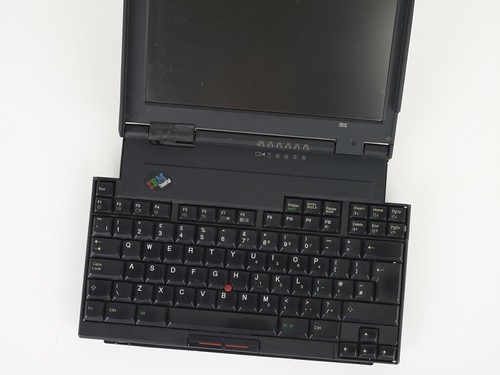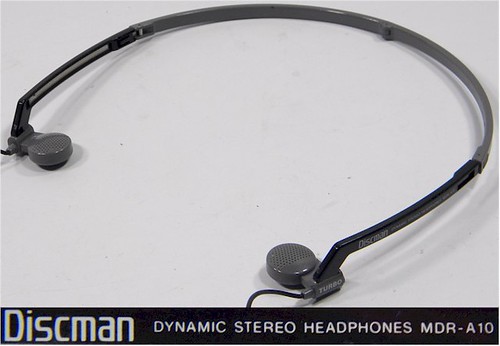I’m an unusual choice to write about the Sony Vaio PCG C1. I’ve only had PC envy with a couple of devices during my twenty something years at a Mac user:
- The IBM ThinkPad 701 series with its butterfly keyboard
- The Sony Vaio PCG C1 series of notebooks
In common with the 701, the Sony Vaio PCG C1 impressed me with its product design. In a pioneering design for 1998, the Sony Vaio PCG C1 included a built in web camera above the screen that could be rotated to try and ensure an optimum camera position.

Sony made a small modular computer. What was important was what they had left out in their device case and instead relied on a set of outboard peripherals so the user could bring or configure their computer set-up to suit their needs. The PCMCIA (Personal Computer Memory Card International Association) slot was equivalent of the USB socket today and used to connect a wide range of devices including both fixed-line and GSM wireless modems.

The beauty extended on to the inside of the devices with some of the range using a Transmeta Crusoe processor. The Crusoe was the Intel Atom almost a decade before the Atom; it used a combination of software techniques and hardware innovations to reduce heat output and improve power consumption. This had some benefit in terms of battery improvement, but battery life relies on a combination factors such as screen power, hard drive power and other parts on the circuit board.
This device is even more remarkable when you realise that the Vaio PCG C1 was launched some seven years before Steve Jobs went on stage at Apple’s Worldwide Development Conference in 2005 to announce the move to Intel processors because of a new focus on computer power per Watt. You could consider the MacBook Air that I am typing this post out on as a spiritual successor to the Vaio C1. More Sony posts here.
More information
More about the Sony Vaio PCG C1 and one man’s adventures trying to install Linux on it


